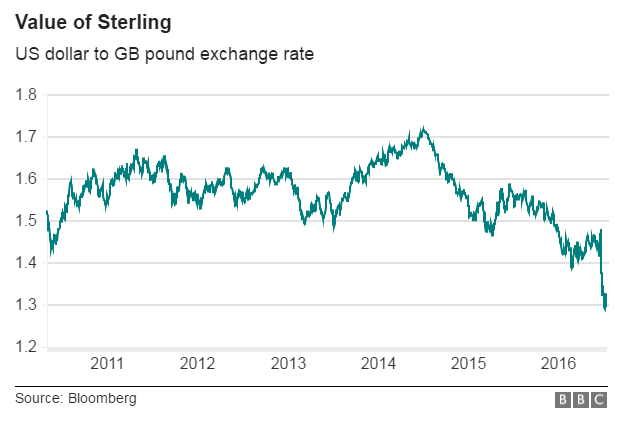David Cameron's premiership in nine charts
- Published

How has the UK changed during David Cameron's time at the helm?
When the Conservative-Lib Dem coalition took power in May 2010, the UK was emerging from the shadows of the 2008 recession.
Mr Cameron's party was scathing about its Labour predecessor's stewardship of the economy, often accusing it of a failure to "fix the roof while the sun was shining" and pledging by contrast to eliminate the "bulk" of the gap between spending and tax revenue by 2015.
While the deficit has fallen substantially, the timeline for eliminating it has been pushed back, and the government does not now anticipate a surplus before 2020.
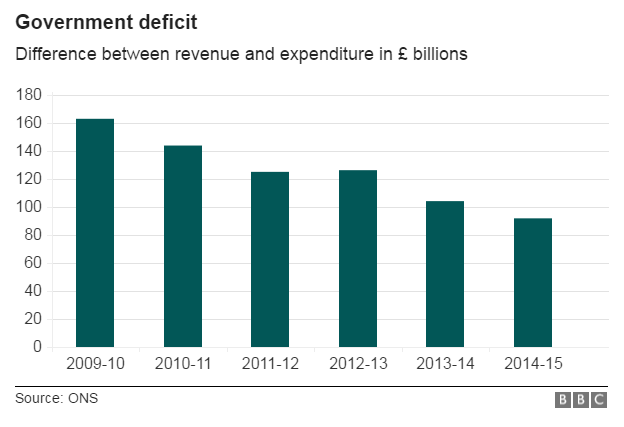
As a result, the national debt has continued to rise, and now stands at more than £1.6 trillion.
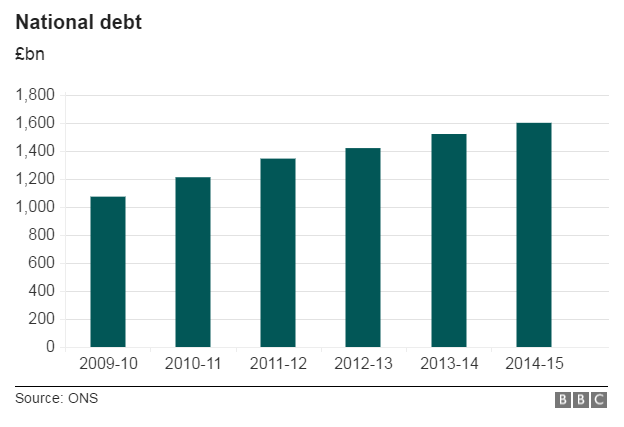
Another key Conservative pledge was to curb welfare spending, and while ministers have trimmed working-age benefits payments, the overall benefits bill has risen as a result of changes to the state pension and an increase in the number of retirees.
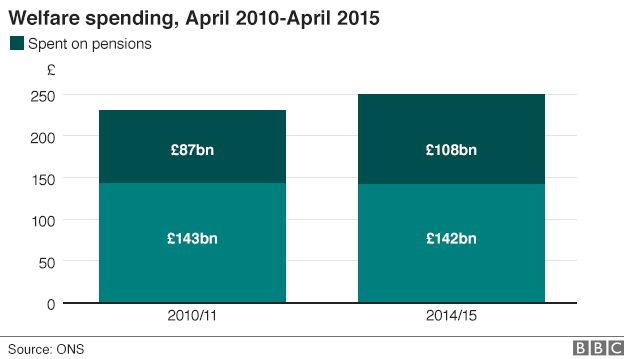
The Conservatives went into the 2010 general election vowing to bring net migration down to below 100,000, but found that the actual level remains stubbornly over this level.
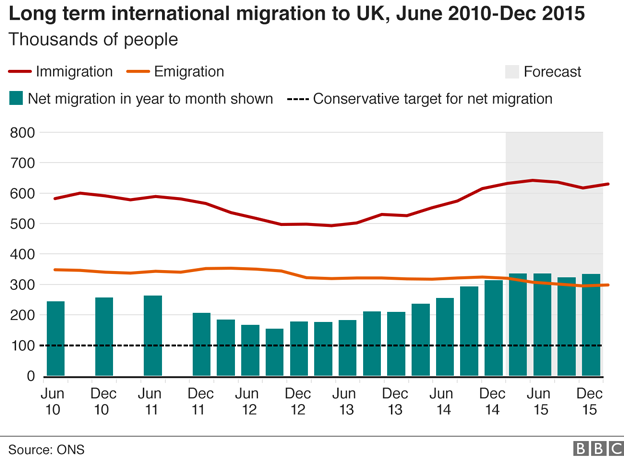
In his first year in office, Mr Cameron committed his government to a "forensic, relentless" pursuit of economic growth.
Although the British economy has shrunk slightly on two occasions during Mr Cameron's premiership, GDP growth has generally been positive, but modest.

The value of shares in the UK's 100 largest companies is higher now than when Mr Cameron first entered No 10, but lower than it was around the time of the 2015 general election.

Week after week, defending his record at prime minister's questions, Mr Cameron cited the rate of employment, which has risen steadily over the past few years.
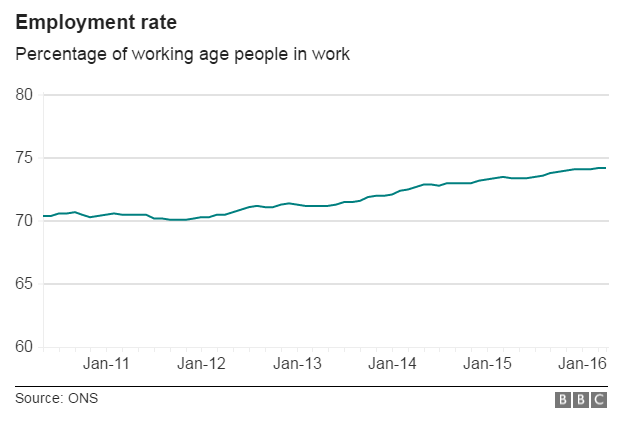
House prices have risen sharply since 2013, bringing joy to property investors and homeowners looking to downsize, and difficulty to many first-time buyers.
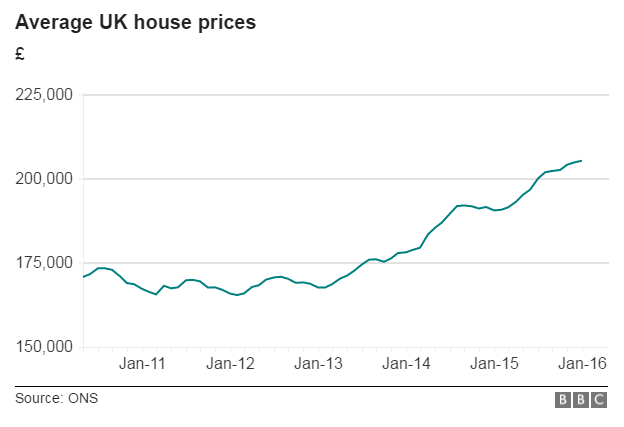
It is too soon to tell what impact the UK's decision to leave the EU will have on the British economy, but the effect on the pound was sudden and dramatic.
